Recently, various new methods have been hyped online, and many new Tea enthusiasts have privately messaged to ask about the differences between traditional and new methods.
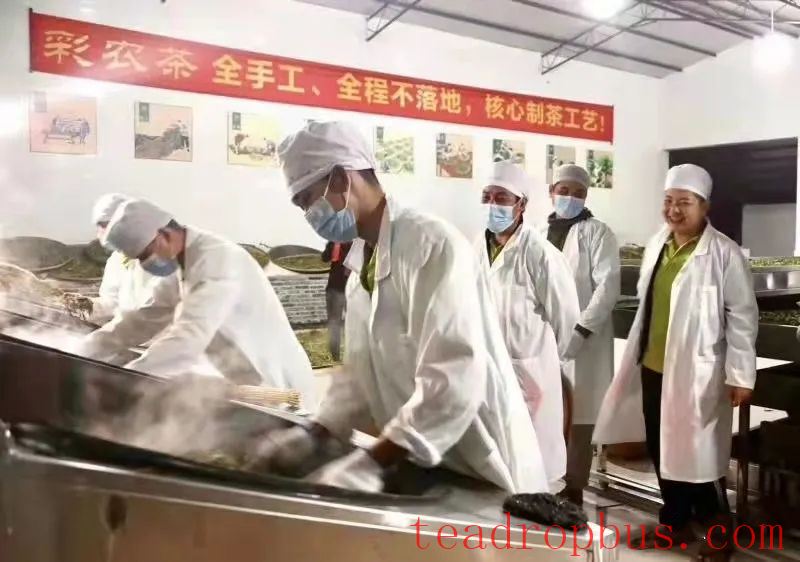
Over the years, we've talked too much about methods. What's commonly known is widely available online, but no one is willing to reveal their core techniques, and few people understand them. Each has its own confidential practices. The surface forms of Cainong Tea's core methods look similar, but at their core, they have their own undisclosed essentials. In recent years, we haven't discussed technical aspects much; instead, we've focused more on the metaphysical layers of Tea culture.
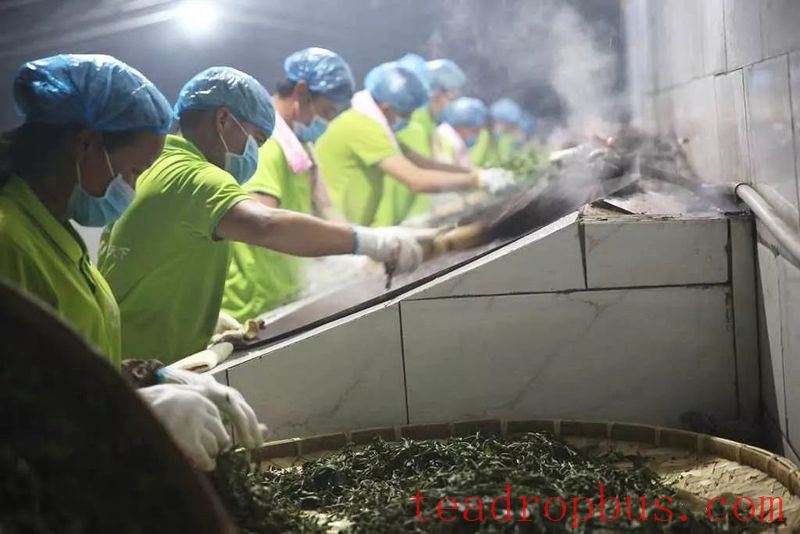
The question about traditional versus new methods is fundamentally flawed, a superficial and controversial issue raised by internet experts to grab attention, stemming from inadequate knowledge about tea-making or deeper understanding.
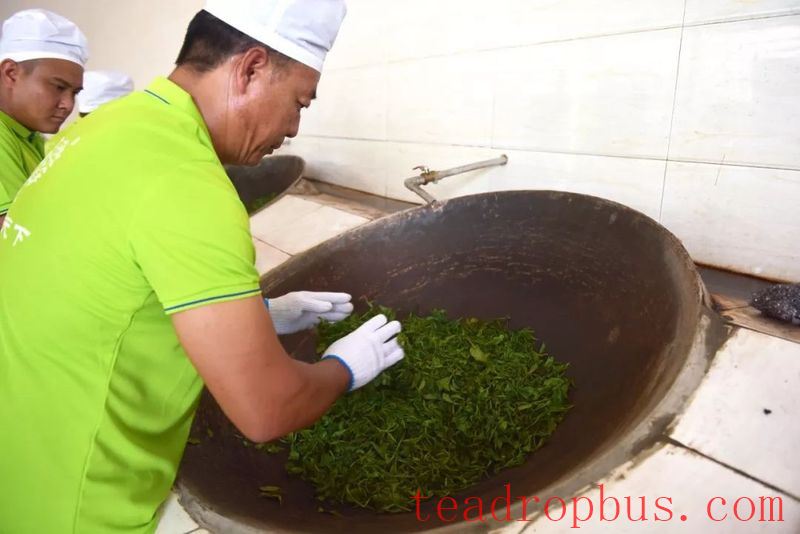
Puer tea has had different meanings at different stages, with varying methods, and there's no clear definition or detailed record of what constitutes ancient methods.
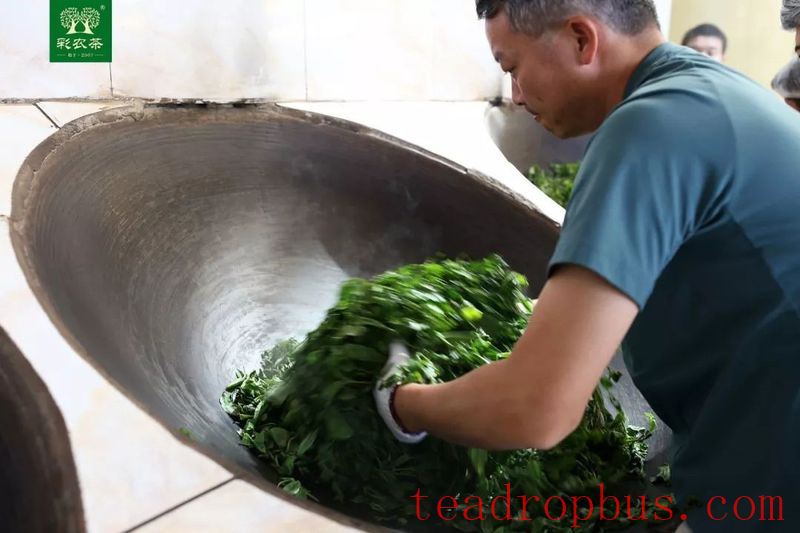
From literature and the inner labels of teas produced before the founding of New China, we can glean some insights into the methods used for red, green, and yellow soups. Which one was Puer tea? They were all Puer tea, and during this period, Puer tea was generally a broad term describing regional teas, much like how we say “Yunnan tea” today.
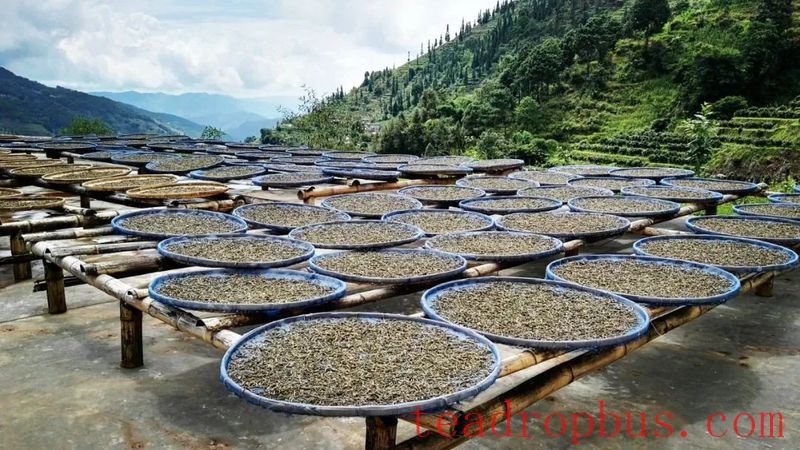
For a long time after the founding of New China, Y-grade teas and seven-son cakes were classified as Yunnan green teas, also called green cakes, while sun-dried raw teas were also referred to as sun-dried green teas. Puer tea mostly referred to the post-fermentation tea that developed in the late 1970s, which is today's ripe Puer tea, not the raw Puer tea as we understand it now. During that era, due to poverty and backwardness in Yunnan, only a small number of ethnic minorities in remote mountainous areas made handcrafted teas, and their hygiene, production conditions, and method requirements were very crude and unregulated. There were all kinds of teas – undercooked, overcooked, sun-dried, rain-soaked, murky soups, hearth-dried, and even some where the tea was kneaded with feet. This stage saw machine-made teas dominate, with simple initial processing using cylinder-killed methods, similar to Green Tea production. Drying was often done through baking rather than sun-drying, and many old teas from this period were not completely sun-dried, containing a significant amount of baked green material. This is the true history of Puer tea. Around twenty years ago, Puer tea began to develop, and people realized that baking was detrimental to later maturation. Amidst widespread criticism, low-temperature baking methods have largely been phased out of the market, and sun-drying at low temperatures has become the standard practice.
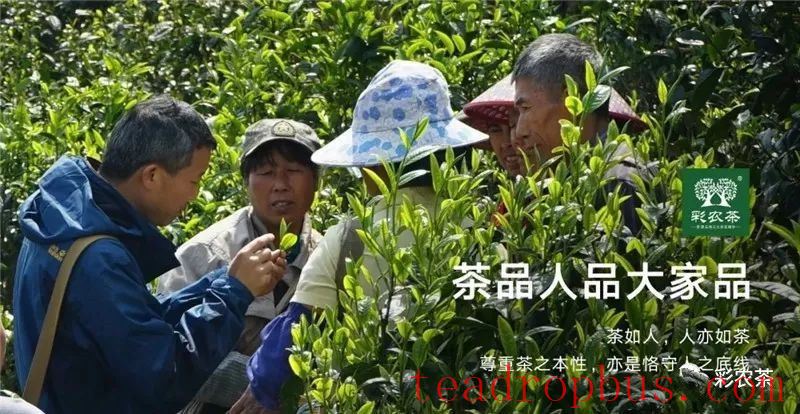
What are ancient methods, traditional methods, and new methods? Asking these questions seems quite naive. Today, the basic process of picking, withering, killing, kneading, and sun-drying in the initial stages, followed by pressing into shapes in the finishing stages, is widely recognized. There is little difference between so-called new and old methods; the differences lie mainly in the details and the extent of intervention. Some defects in the methods of certain teas are not irreversible and do not severely impact their maturation. However, severe interventions that damage the intrinsic quality of the tea render it valueless for further maturation. Such severe and irreversible interventions are relatively rare in the entire producing area today, usually the result of misguided advice from customers outside the region, and not mainstream in the market.
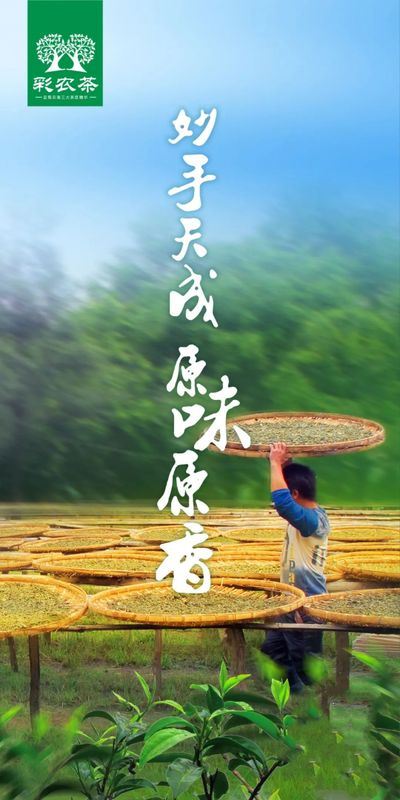
The current methods employed across the entire producing area are, overall, standardized and relatively regulated. Hygiene conditions and the level of refinement in production far surpass any previous period in history. Internet experts stir up pseudo-professional controversies to attract attention, making the water murkier, leading to an even more confusing market for Puer tea, leaving consumers bewildered. For industry insiders, such behavior is extremely unsophisticated and undesirable. The Puer tea market needs the careful nurturing of its practitioners, not the creation of additional problems, controversies, troubles, and confusion.